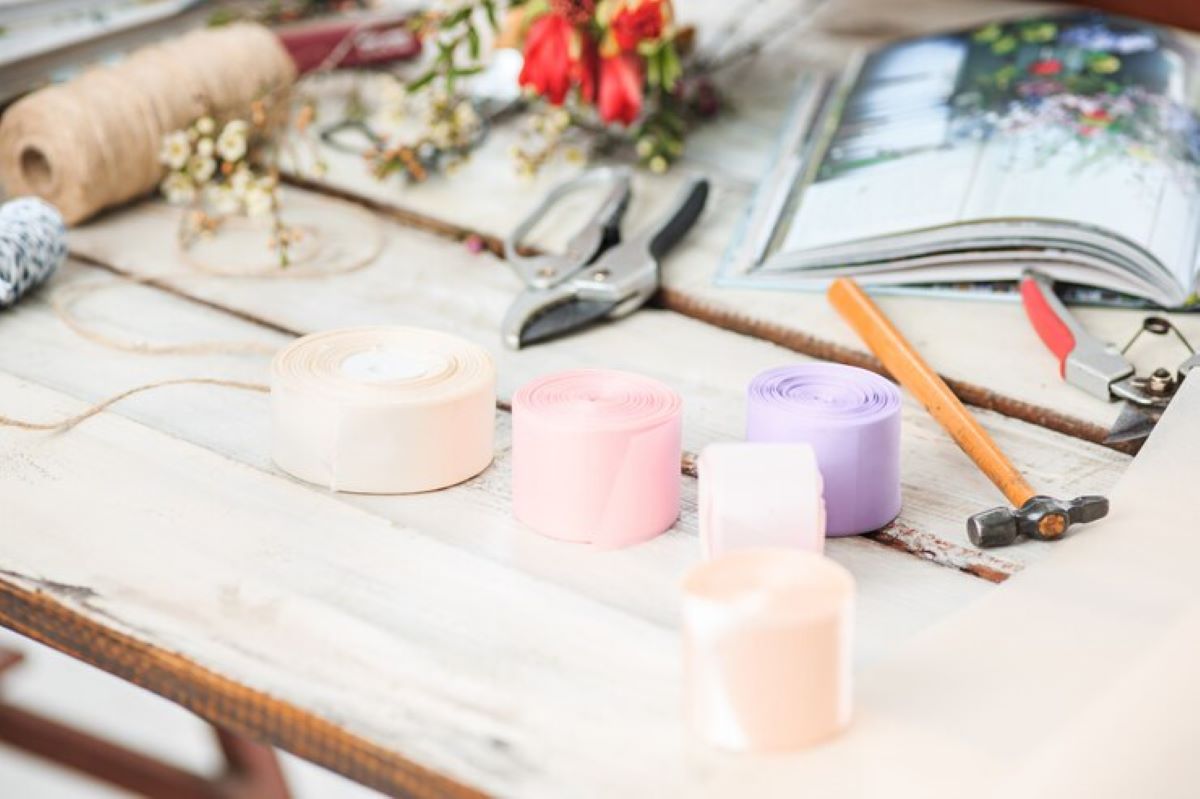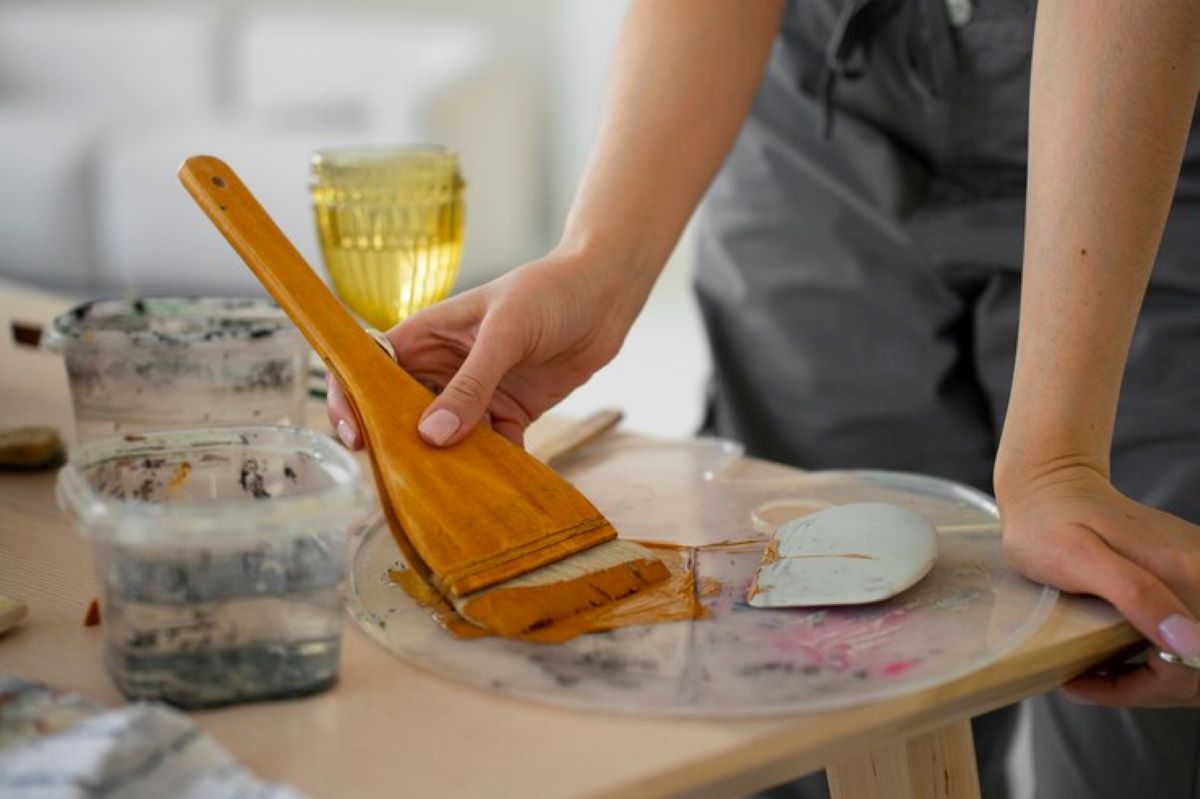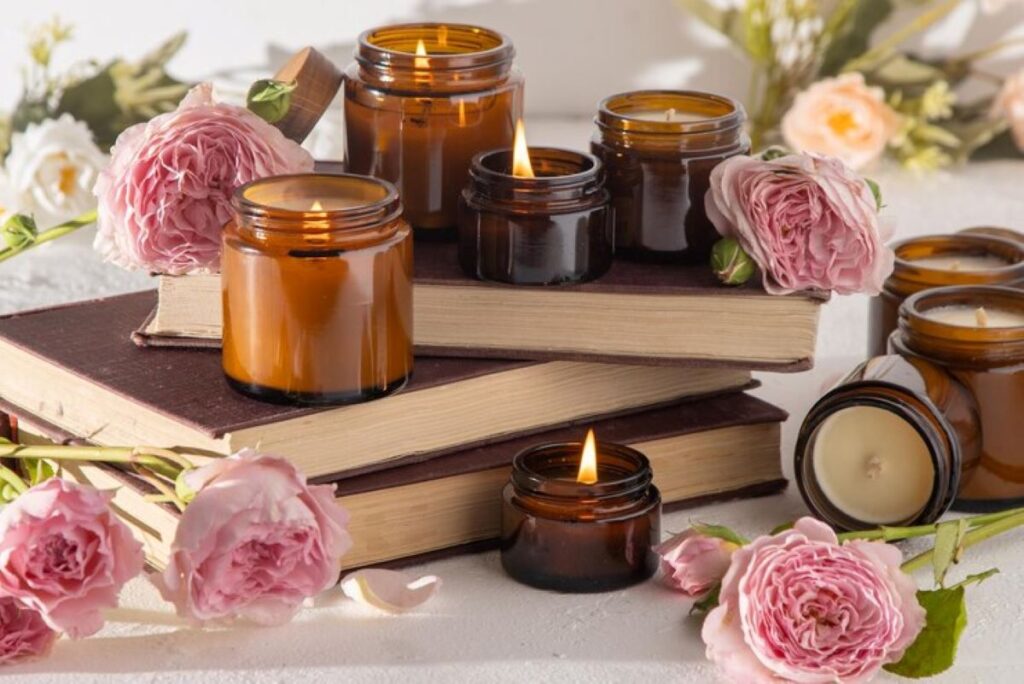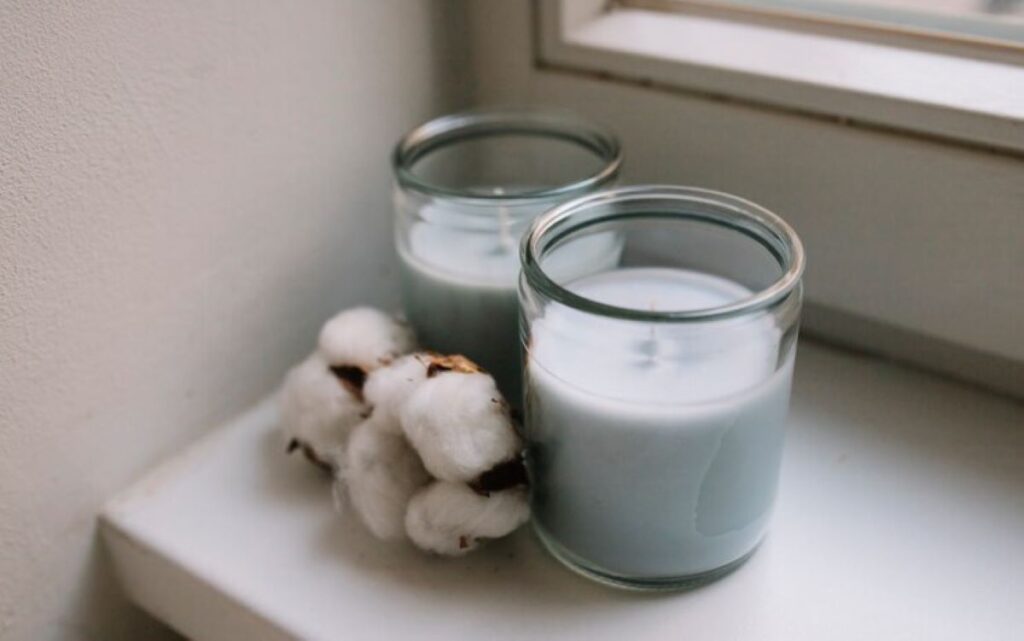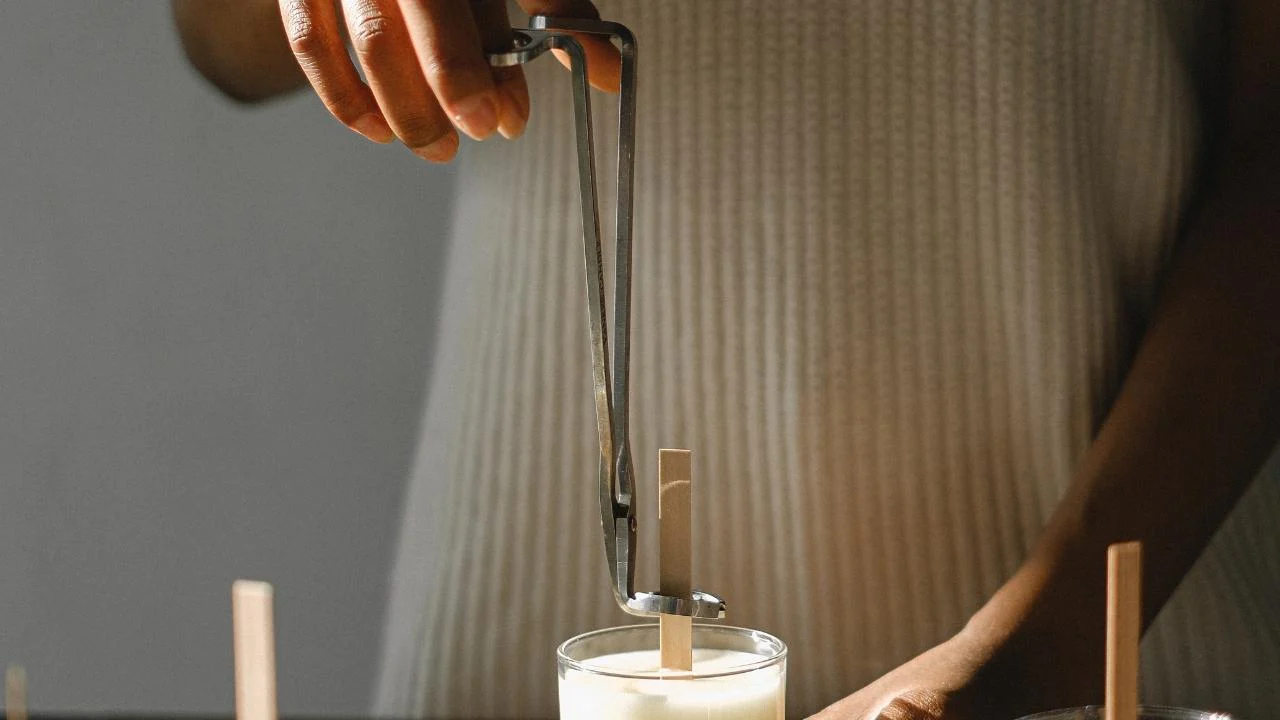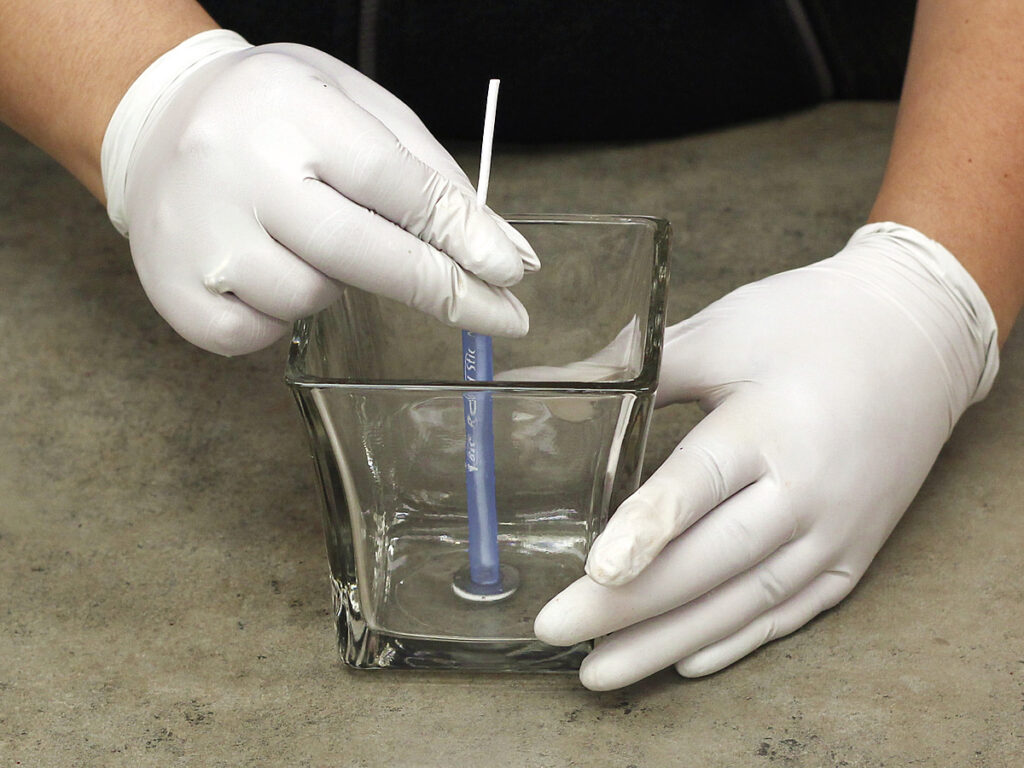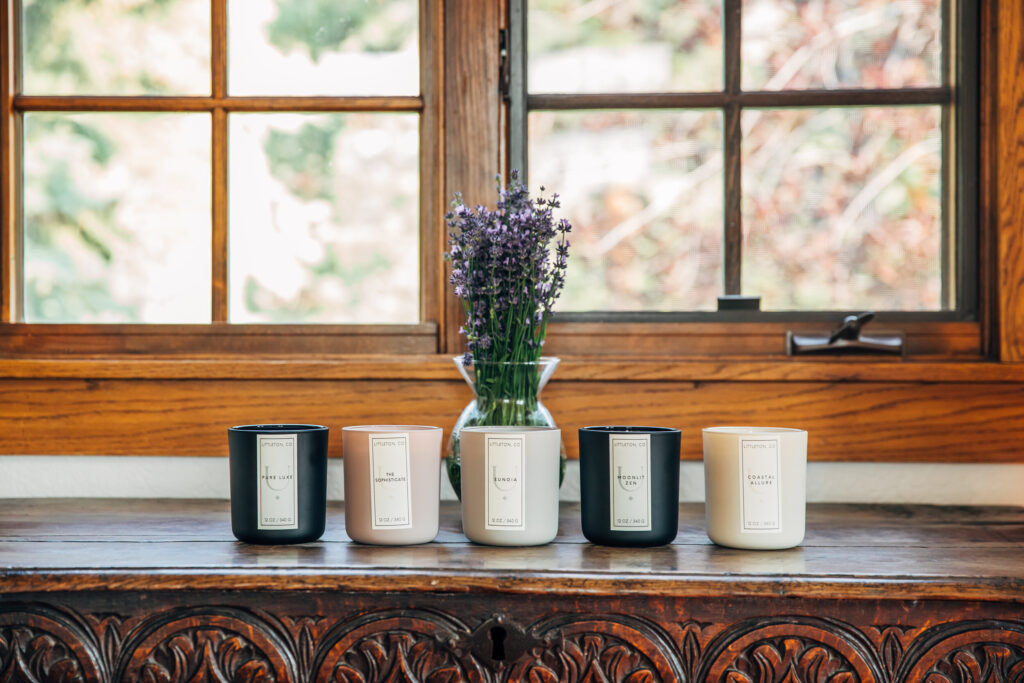Candle making is a delightful and rewarding hobby that allows you to express your creativity and fill your home with beautiful scents. One of the most crucial components of candle making is the wick. In this article, we will guide you through the process of making your own candle wick at home. From understanding the basics to the step-by-step process, let’s illuminate your crafting journey.
Understanding the Basics of Candle Wicks
Before diving into the process of making your own candle wicks, it’s essential to understand what a candle wick is and its significance in the art of candle making.
What is a Candle Wick?
A candle wick is the component of a candle that allows it to burn. It is typically made from braided cotton, wood, or other materials that can be lit and sustained by the wax and fuel. When lit, the wick draws the melted wax up to fuel the flame, creating light and fragrance. The wick’s design and material play a crucial role in how efficiently the candle burns, affecting everything from the size of the flame to the amount of soot produced. A well-designed wick can enhance the overall candle experience, making it not just a source of light, but also a source of ambiance and comfort.
Importance of a Good Quality Wick
The quality of a candle wick can significantly affect the performance of your candle. A good wick ensures a steady burn, prevents excessive soot, and contributes to an even distribution of fragrance. Using the right wick for your specific candle size and wax type is crucial for achieving optimal results. Poor-quality wicks can lead to a variety of issues, such as tunneling, where the candle burns down the center, leaving wax around the edges. This not only wastes wax but can also create a frustrating experience for the candle user. Therefore, investing in high-quality wicks is essential for both aesthetic and functional purposes.
Different Types of Candle Wicks
There are several types of candle wicks available, each suited to different kinds of wax and candle designs. Here are some common types:
- Cotton Wicks: These are the most popular due to their ability to burn cleanly and evenly.
- Wooden Wicks: These provide a unique crackling sound reminiscent of a fireplace and have a distinctive aesthetic.
- Hemp Wicks: Made from hemp fibers, these wicks offer a natural alternative.
- Core Wicks: These wicks contain a metal or paper core for added stability, making them ideal for larger candles.
In addition to these common types, there are also specialty wicks designed for specific applications. For example, some wicks are treated with additives to enhance their burning properties, while others are designed to work with particular wax blends like soy or paraffin. Understanding the nuances of each wick type can empower candle makers to tailor their creations to achieve the desired burn characteristics and visual effects. Moreover, experimenting with different wick sizes and materials can lead to delightful surprises in the candle-making process, allowing for a more personalized touch in each handmade candle.
Gathering Your Materials
Once you understand the basics of candle wicks, the next step is to gather all the materials you will need to create your own. This will ensure a smooth and successful wick-making process. Having everything prepared in advance not only saves time but also enhances your creativity as you can focus on the crafting rather than scrambling for supplies.
Essential Tools for Making a Candle Wick
To make your own candle wick, you will need specific tools that will help you create and treat your wick. Here’s a list of essential tools:
- Scissors
- Double boiler or microwave-safe container
- Measuring spoons
- Thermometer
- Container to hold your wick
Each of these tools plays a crucial role in the wick-making process. For instance, using a double boiler ensures that the wax melts evenly without burning, which is vital for maintaining the integrity of the wick. A thermometer is equally important, as it helps you monitor the wax temperature, ensuring it reaches the ideal melting point for optimal wick absorption. Additionally, having a dedicated container for your wick can help you keep everything organized, making it easier to manage multiple wicks if you decide to create several candles at once.
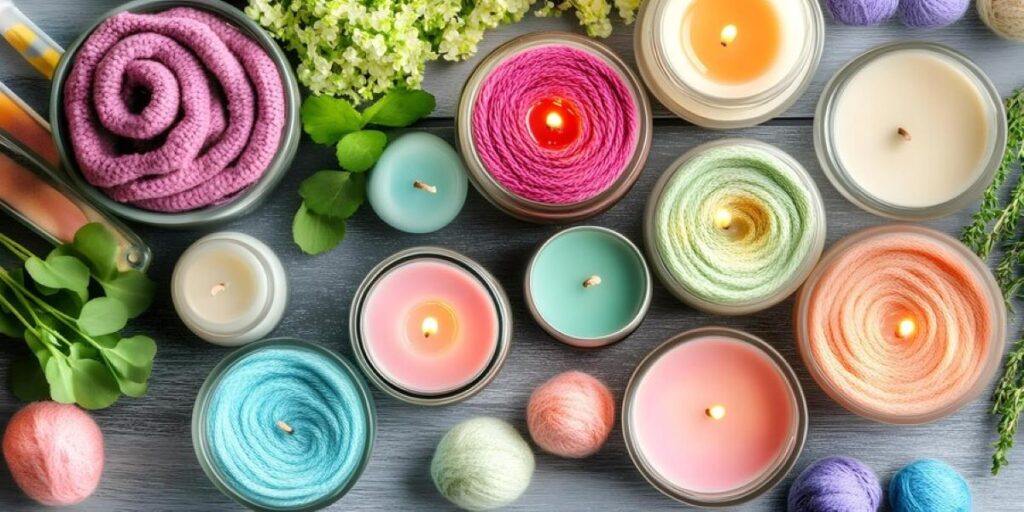
Choosing the Right Materials
The materials you choose for your candle wick will impact the burn quality and overall effectiveness. Here are the main materials required:
- Candle wax (like paraffin, soy, or beeswax)
- Cotton or hemp fibers for the wick
- Additives like wick sustainer or fragrance (optional)
When selecting your candle wax, consider the type of ambiance you wish to create. For example, soy wax is a popular choice for those looking for an eco-friendly option that burns cleanly and evenly. Beeswax, on the other hand, offers a natural honey scent and is known for its longer burn time. The choice of wick material is equally significant; cotton wicks provide a steady burn, while hemp wicks can add a rustic touch to your candles. Additionally, if you choose to incorporate fragrances or dyes, ensure they are compatible with your wax type to achieve the best results in both scent throw and color vibrancy.
Preparing Your Workspace
A cluttered and disorganized workspace can lead to accidents and mistakes when making your candle wicks. Having a well-prepared space will enhance your crafting experience. A clean and organized area not only boosts your creativity but also allows you to focus on the intricate details of your candle-making process without distractions.
Safety Measures to Consider
Safety is paramount in any crafting process, especially when dealing with hot wax. Here are some safety measures to consider:
- Wear safety goggles and gloves to protect your eyes and hands.
- Ensure your workspace is well-ventilated to avoid inhaling fumes.
- Keep a fire extinguisher close by in case of emergencies.
Setting Up Your Workspace
To set up your workspace effectively, designate an area that is away from flammable materials. Prepare all your tools and materials in advance, so you can work efficiently. Lay down newspaper or a drop cloth to protect surfaces from spills and drips. Additionally, consider organizing your tools in a way that makes them easily accessible; using small bins or trays can help keep everything in its place. Labeling containers can also save you time when searching for specific items, ensuring that your creative flow remains uninterrupted.
Furthermore, think about the lighting in your workspace. Adequate lighting is crucial for detailed tasks such as cutting wicks or measuring wax. Natural light is ideal, but if that’s not an option, invest in bright, adjustable task lamps that can illuminate your work area without causing glare. A well-lit environment not only enhances your ability to see what you are doing but also contributes to a more enjoyable and productive crafting session.
The Process of Making a Candle Wick
Now that you have your materials and workspace ready, it’s time to learn the actual process of making a candle wick.
Preparing Your Wick Material
Start by cutting your wick material into the desired length, which should be generally 2-3 inches longer than your candle container’s height. If you are using cotton or hemp fibers, you may want to unbraid or separate them to create a thicker, stiffer wick, depending on your candle’s requirements. Additionally, consider the type of wax you will be using; softer waxes may require a thicker wick to ensure a steady burn, while harder waxes can work well with a finer wick. Experimenting with different materials can lead to discovering unique textures and burn qualities that enhance your candle-making experience.
Treating Your Wick
A key step in making a quality wick is treating it with wax. This process helps the wick maintain its shape and ensures it burns effectively. To treat your wick:
- Heat your chosen wax in a double boiler until it reaches a temperature suitable for dipping.
- Immerse the wick into the molten wax, ensuring it is fully coated.
- Allow the wick to soak for a few minutes, then remove it and set it on a flat surface to cool and harden.
During this treatment, you might also consider adding essential oils or fragrance oils to the wax, which can infuse your wick with a subtle scent that enhances the overall aroma of your candle. This not only adds a delightful olfactory element but can also create a more cohesive scent profile when the candle is lit. Just be cautious about the amount you add, as too much fragrance can affect the wick’s burning properties.
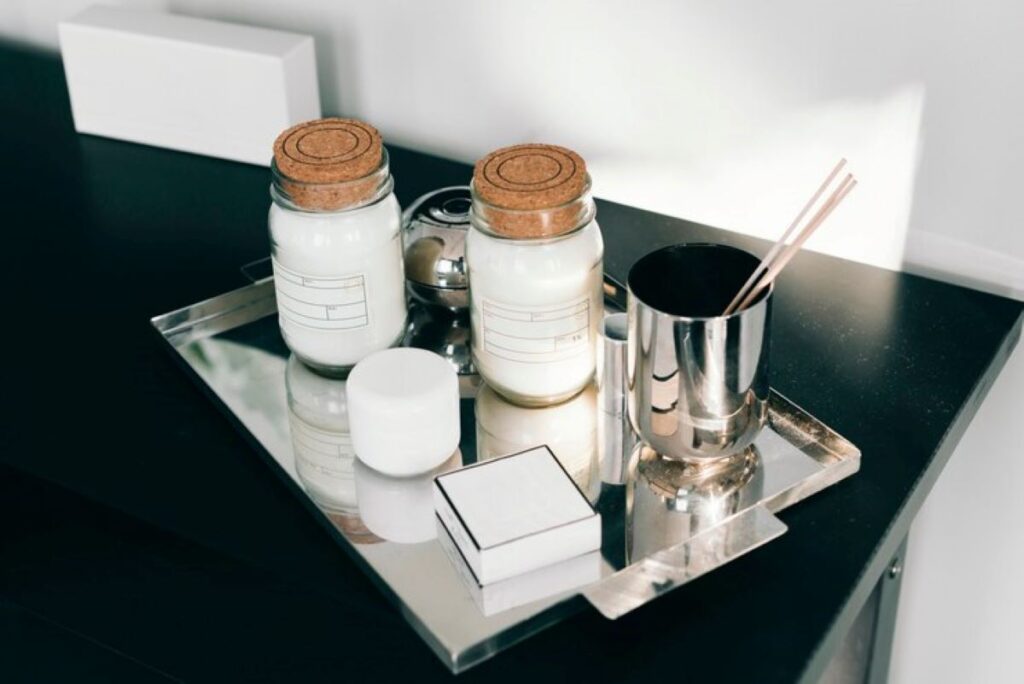
Drying and Cutting Your Wick
After the wax has fully cooled and solidified, you can cut the wick to your desired size, again making sure it is a couple of inches taller than your container. This will give you some extra length that will be adjusted later for the perfect burn. As you cut, consider the wick’s final placement in relation to the candle’s surface; a wick that is too short may lead to tunneling, while one that is too long can create excessive soot and an uneven burn. It’s also a good idea to trim the wick to about 1/4 inch above the wax surface before lighting your candle for the first time, as this helps to ensure a clean and steady flame, maximizing both the burn time and the fragrance throw of your candle.
Tips for a Successful Candle Wick Making
Making your own candle wick is a straightforward and satisfying process, but there are a few tips to keep in mind to ensure your success.
Common Mistakes to Avoid
As with any crafting activity, mistakes can happen. Here are some common pitfalls and how to avoid them:
- Using the wrong wick size for your candle — always match your wick size to the candle size.
- Forgetting to treat your wick with melted wax before using it.
- Not testing the wick before you start making your candles — perform a burn test for best results.
How to Test Your Homemade Wick
After making your candle wick, it is essential to test it to ensure it burns correctly. Here’s how:
- Place the wick in a small amount of wax and allow it to harden.
- Light the wick and observe the burn. Check for evenness, soot levels, and scent throw.
- Adjust the wick thickness or material as needed based on your observations.
Through careful preparation and attention to detail, you can make effective and beautiful candle wicks at home. With practice, you will master the art of wick-making, ultimately leading to stunning homemade candles that brighten your space and uplift your senses. Happy crafting!
See Also : Create Your Own Scents with a Scented Candle Making Kit in Australia
